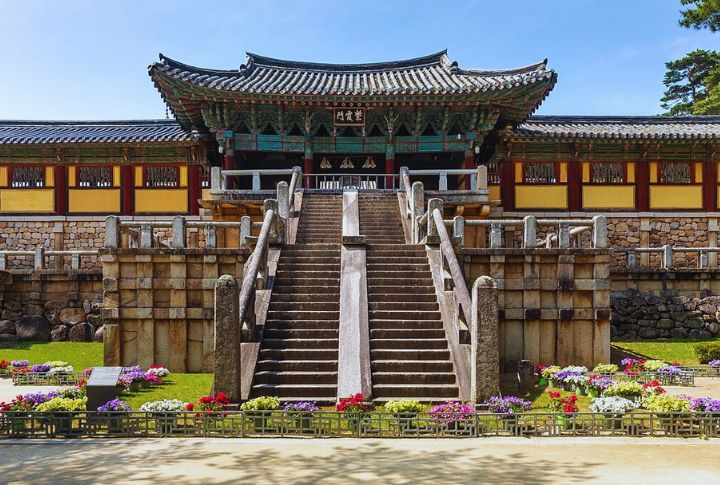
Travel guides often spotlight the typical landmarks, but history isn’t confined to just the well-known sites. Some cities have witnessed centuries of change yet remain in the background, their streets and stories woven into cultures of great significance. These places deserve more than a quick stop–it’s time to step off the beaten path and explore what lies beneath the surface.
Catalhoyuk
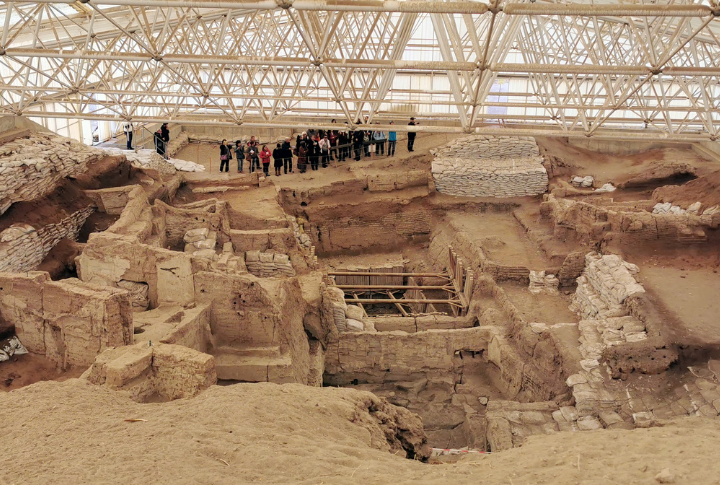
Imagine discovering a settlement that predates the pyramids by thousands of years. Catalhoyuk in Turkey is one of humanity’s earliest urban centers. With its well-preserved homes and walls of murals, this ancient city offers a rare snapshot of life from a time long before history was even written down.
Varanasi

There’s a place in India where the past doesn’t just linger—it is still alive. Varanasi, one of the world’s oldest cities, pulses with spiritual energy. The rituals on its ghats have carried on for thousands of years, with the Ganges at its heart, making the existence of this place a unique blend of history and daily life intertwined with faith.
Merv
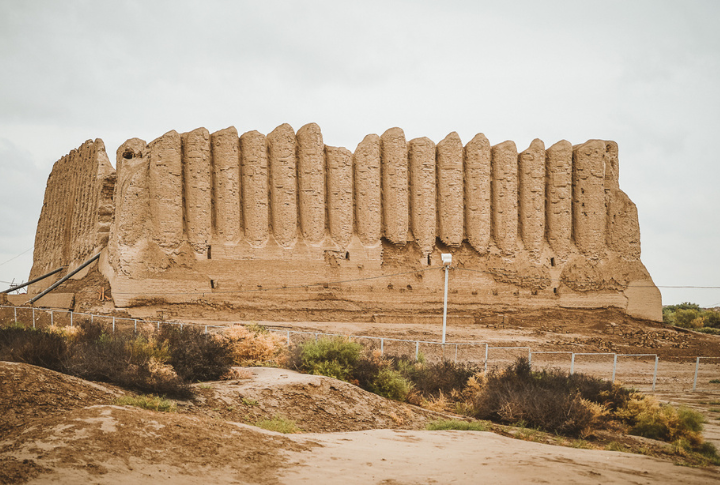
In the quiet expanse of Turkmenistan, Merv once rivaled the grandest cities of its time. As a key Silk Road stop, it was a cultural melting pot. Today, the sprawling ruins of Merv still whisper tales of the mighty empires that rose and fell here. Not many know it, but Merv was once the heart of Central Asia.
Luang Prabang
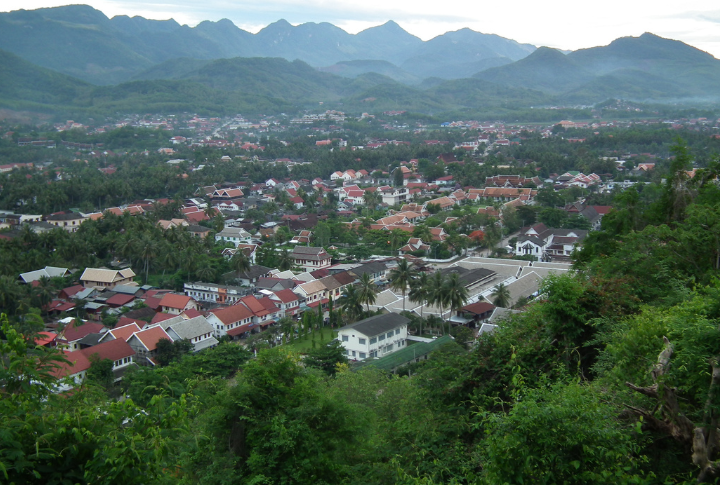
When you think of historical cities, Laos might not immediately come to mind, but Luang Prabang is practically hidden from tourists. With its mix of traditional Buddhist temples and French colonial architecture, the town has a timeless quality that feels both otherworldly and profoundly connected to the present.
Ani
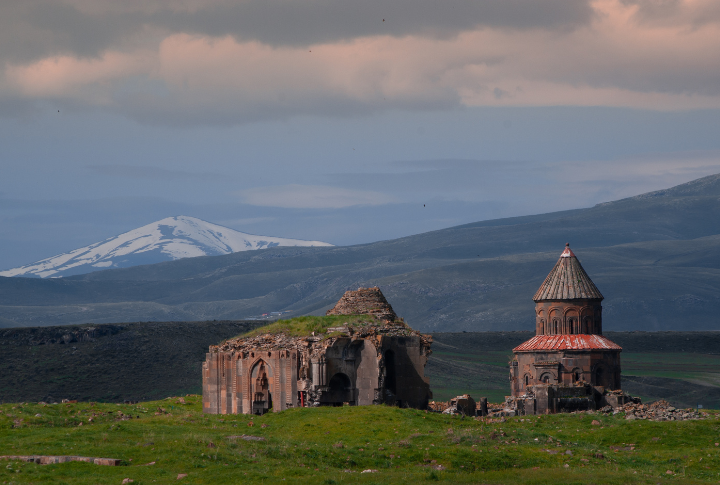
Hidden in the rugged terrains of Turkey’s east, Ani is a city that history has nearly swallowed up. Once an Armenian capital, it flourished as a key trading hub along the Silk Road. Today, its abandoned churches and crumbling walls stand as haunting reminders of its medieval glory.
Lahore
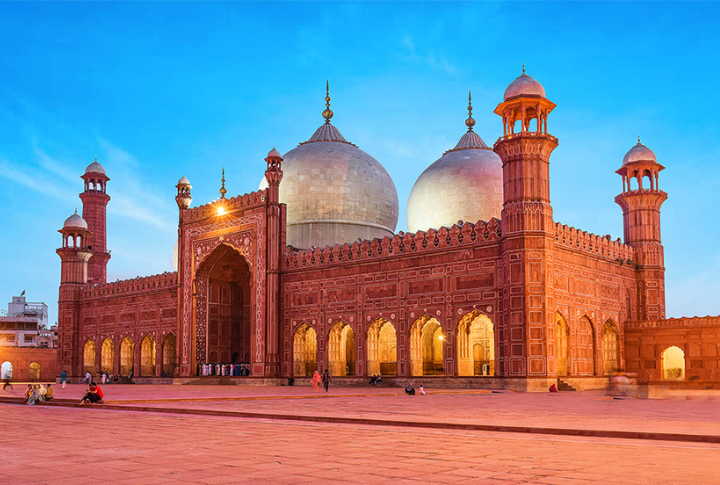
Lahore is where history and modernity collide most vibrantly. It’s not just a Pakistani place; it’s the cultural heart of the country. With Mughal-era forts and palaces alongside buzzing bazaars, Lahore’s layers of historical records go back all the way to 982 A.D., with tales of empires and colonization.
Byblos
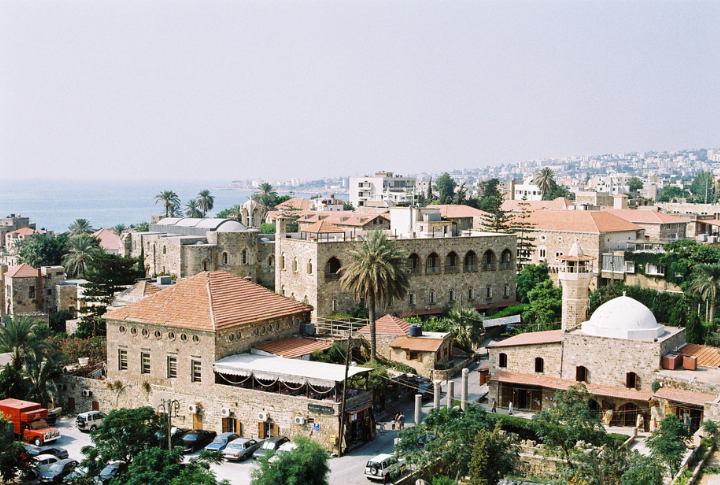
Did you know Byblos has been around for over 7,000 years? Here it is, quietly standing on Lebanon’s Mediterranean coast. The city’s roots run deep in Phoenician history, and its ancient port is a reminder of how early trade and culture flourished here long before the rest of the world caught up.
Sanliurfa
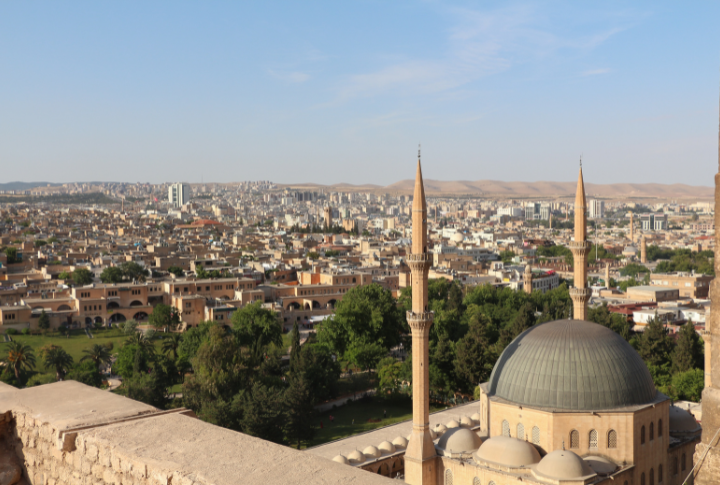
Sanliurfa is steeped in sacred legends. Known as the City of Prophets, it has a deep connection to biblical stories, which gives it a unique spiritual significance. From the sacred fish pond to the ancient sites scattered throughout this city in Turkey, Sanliurfa is believed to be the birthplace of the Prophet Abraham.
Ronda
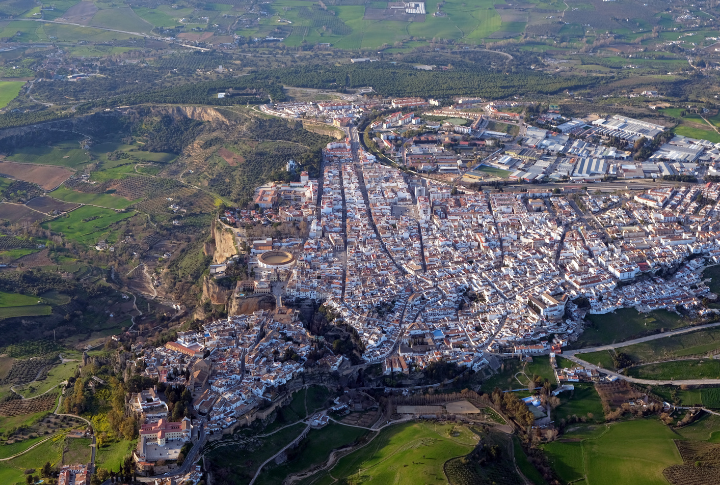
Ronda might be famous for its jaw-dropping gorge views, but dig a little deeper, and you’ll find a town that was inhabited by humans during the Neolithic period. From Roman and Moorish rule to more recent Spanish influences, Ronda is shaped by the layers of culture and time that have passed through it.
Avila
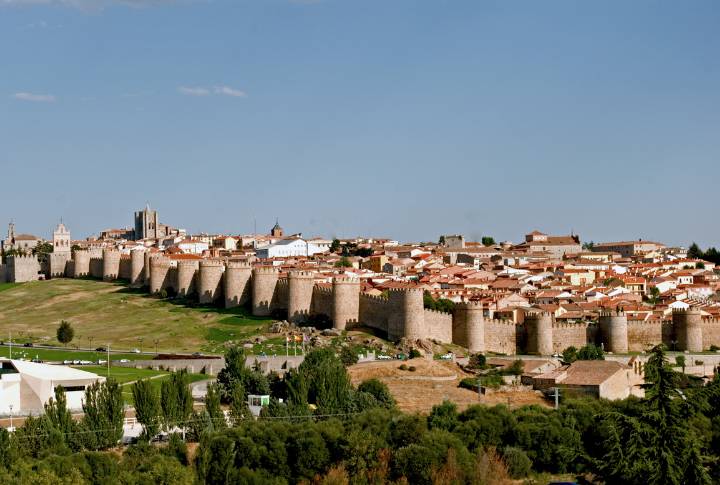
In Avila, time feels like it slows down. Enclosed by towering medieval walls, this Spanish city radiates an old-world charm. As you wander its cobblestone streets and admire its centuries-old churches, it’s easy to imagine life in the days of knights and fortified cities, where history comes alive at every corner.
Trogir

Found along the Croatian coast, Trogir feels like walking into a time capsule. Here, Romanesque and Venetian influences paint the town’s architecture, creating an atmosphere where ancient history and Mediterranean charm can be found together. This place was once a trade hub due to its coastal position.
Rabat

Imagine a capital that was fortified for a holy war—Rabat. Founded in the 12th century, Rabat in Morocco was named “Ribat al-Fath,” which means “Camp of Victory.” The city still has medieval walls and intricate Islamic art. You can also visit the “Andalusian Garden,” which dates back to the times of the French Protectorate.
Samarqand

There’s a reason why Samarqand is known as one of the most iconic Silk Road cities. The moment you step into its grand Registan Square, you’re greeted by meticulous tilework and towering minarets that speak of an empire’s glory. It is now a UNESCO World Heritage site.
Lviv

Lviv was named after Lev (Leo in English), the son of Prince Daniel Romanovich of Galicia, who founded the city in the 13th century. In the heart of Ukraine, this city’s fusion of multiple European influences makes it a vibrant hub of architectural diversity with cobblestone streets and historical monuments.
Kaunas

A town strategically placed at the confluence of two rivers, Kaunas was vital for trade. Known for its 20th-century interwar architecture and emerging modern art scene, it is the second-largest city in Lithuania. The Kaunas Castle, built in the 14th century, was used to defend against the Teutonic Order.
Hue
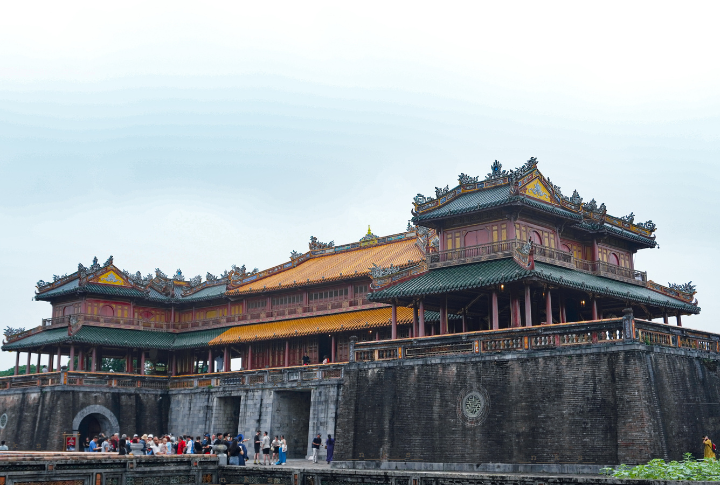
Once an imperial capital, Hue offers a peek into Vietnam’s history. For 143 years, between the 19th and 20th centuries, it was the capital that was the center of all cultural and political significance under the Nguyen lords. The quiet place is dotted with ancient tombs and pagodas that are revered as heritage sites.
Cesky Krumlov
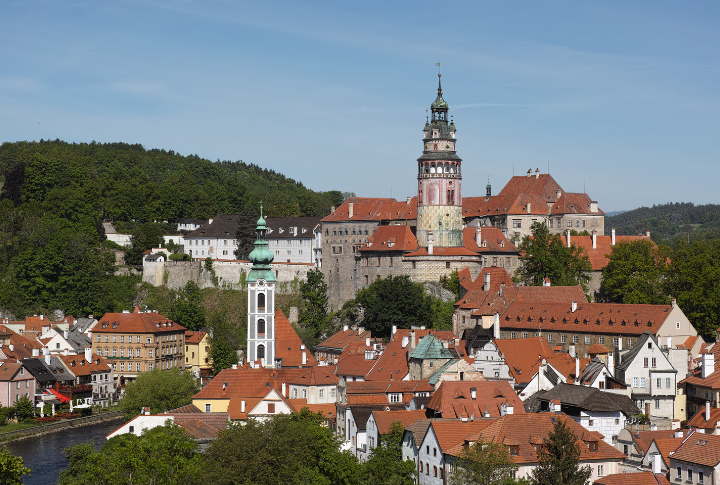
There was human presence in Cesky Krumlov dating back to the Bronze Age. As you wander through the cobbled streets and gaze at the gothic castle built by the Lords of Krumlov, you can’t help but be transported back to the Middle Ages. The city’s first mention in records was found in a deed from 1253.
Gyeongju
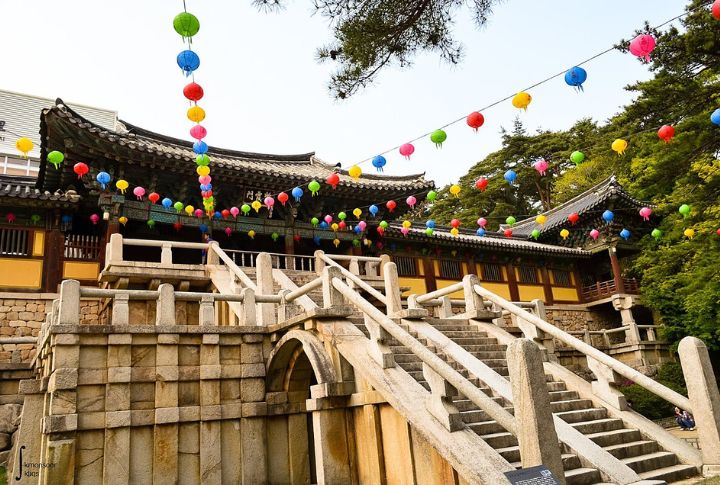
It’s called the “museum without walls.” This Korean city, once the heart of the Silla Kingdom, is home to thousands of historical sites, from ancient tombs to stone temples. Some of the heritage sites, like Bulguksa Temple and Seokguram Grotto, hold the legacy of their grandiose past, like badges of honor.
Coro

Juan de Ampies founded Coro in 1527 before it became a German colony. With its cobbled streets and colonial-era architecture, it will whisper stories of the adventurers who came through looking for El Dorado. Now a UNESCO World Heritage Site, Coro’s walls have witnessed centuries of political shifts and cultural influences.
Sucre

Sucre, Bolivia, is a city where history is preserved in its architecture, much of which was built by the Spanish as they colonized the Indigenous “Charcas.” Long before that, the Inca Empire had left its mark on the region in the late 15th century. As you wander through its peaceful streets and historic buildings, you’ll catch a glimpse of Bolivia’s revolutionary past.

